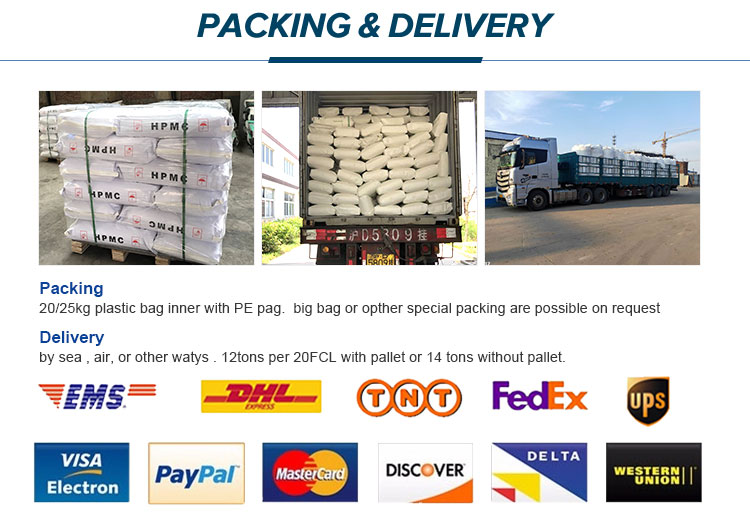HPMC Cellulose A Versatile Polymer for Modern Applications
Hydroxypropyl Methylcellulose (HPMC) is a cellulose derivative that has garnered significant attention in various fields due to its unique properties and versatility. As a non-ionic, water-soluble polymer, HPMC is derived from cellulose, the most abundant organic polymer on Earth, which is primarily obtained from wood and cotton. This compound has become indispensable in multiple sectors, including pharmaceuticals, food production, construction, and cosmetics.
Pharmaceutical Applications
One of the most prominent uses of HPMC is in the pharmaceutical industry. Its ability to form gels and act as a film-forming agent makes it an excellent choice for drug delivery systems. HPMC is commonly used in tablet formulations, where it serves as a binder and helps control the release of active pharmaceutical ingredients. Its hydrophilic nature enables it to dissolve in water, facilitating the sustained release of drugs, leading to enhanced bioavailability. Additionally, HPMC is utilized in the production of capsules, coatings, and controlled-release systems, contributing to improved patient compliance and therapeutic efficacy.
Food Industry Utilization
In the food industry, HPMC serves as an effective thickening agent and stabilizer. It is often used in products like sauces, dressings, and dairy products to enhance texture and prevent the separation of ingredients. Moreover, HPMC is recognized for its ability to retain moisture, which is invaluable in baked goods and processed foods, prolonging shelf life and maintaining quality. As a food additive, it is labeled as E464 and is generally recognized as safe (GRAS) by food safety authorities, making it a popular choice for food manufacturers looking to improve product consistency and consumer appeal.
Construction and Building Materials
hpmc selulosa

The construction industry has also embraced HPMC due to its excellent binding and water-retention properties. In cement and mortar formulations, HPMC enhances workability and improves adhesion, allowing for easier application and a stronger final product. The water retention capability of HPMC keeps the mixture moist during the curing process, preventing cracks and ensuring structural integrity. Moreover, HPMC can be found in various construction materials such as wall putties, tile adhesives, and joint compounds, where it contributes to performance characteristics and the durability of finished products.
Cosmetics and Personal Care
In the realm of cosmetics and personal care, HPMC is valued for its thickening, stabilizing, and film-forming properties. It is commonly found in lotions, creams, and gels, helping to improve texture and enhance the user experience. HPMC's gentle nature and compatibility with skin and hair make it a preferred ingredient in many formulations. Additionally, it acts as a versatile emulsifier, ensuring that oil and water components blend seamlessly, thus maintaining the overall quality of beauty products.
Environmental Considerations
As global awareness of sustainability and environmental responsibility grows, HPMC stands out as a biodegradable and renewable material. Its origins from natural cellulose resources align with eco-friendly initiatives across various industries. The use of HPMC helps reduce the reliance on synthetic additives, promoting a cleaner and more sustainable approach to product formulation.
In summary, Hydroxypropyl Methylcellulose is a multifunctional polymer that plays a crucial role in diverse applications across numerous sectors. Its unique properties, including water solubility, gel formation, and binding capabilities, make it an invaluable ingredient in pharmaceuticals, food products, construction materials, and cosmetics. As industries continue to evolve and prioritize sustainability, the demand for HPMC is expected to grow, underscoring its significance in modern applications. Whether enhancing drug delivery systems, improving food textures, or contributing to durable construction materials, HPMC remains a key player in the quest for innovative solutions.
-
Rdp Powder: Key Considerations for Wholesalers in the Building Materials IndustryNewsJul.08,2025
-
Key Considerations for Wholesalers: Navigating the World of Hpmc - Based ProductsNewsJul.08,2025
-
Hpmc Detergent: Key Considerations for WholesalersNewsJul.08,2025
-
Key Considerations for Wholesalers: China Hpmc For Tile Adhesive, Coating Additives, Concrete Additives, and MoreNewsJul.08,2025
-
Crucial Considerations for Wholesalers: Navigating the World of Construction MaterialsNewsJul.08,2025
-
Key Considerations for Wholesalers Sourcing Additive For Cement, Additive For Concrete, Additive For Putty from Additive Manufacturer Shijiazhuang Gaocheng District Yongfeng Cellulose Co., Ltd.NewsJul.08,2025




